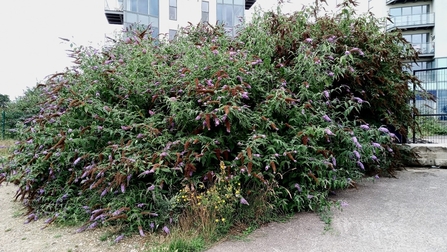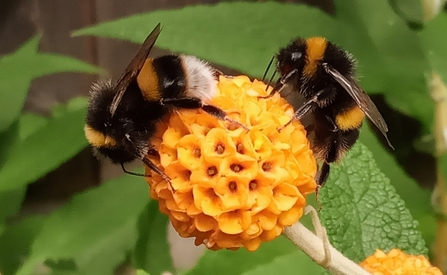When the sun shines these lush and fragrant panicles (each florescence consisting of many hundreds of tiny flowers) attract the attentions of a wide variety of insects, but especially nymphalid butterflies, such as peacock, red admiral, small tortoiseshell and painted lady, large & small white butterflies, as well as many moths, bees and hoverflies. It is not without reason that it is also known – and sold in the garden trade – as butterfly-bush. And in the right circumstances one bush can attract hundreds of butterflies over a day.
Buddleia flourished in the bomb sites of London during the 1940s and ‘50s, and is now widespread and common across the capital, found in gardens and parks, but more typically the scruffier parts of town – wastelands, railway linesides, scrapyards and other unkempt curtilages of business parks, transport corridors and derelict land, where it is almost ubiquitous. A woody shrub, buddleia is often found as individuals, but when space and conditions permit, it can and will quickly proliferate forming dense scrappy clusters and in some conditions extensive stands, almost impenetrable forests reaching five metres high, often in association with silver birch, goat willow, and bramble. It has made its home here and other conurbations around the country.


